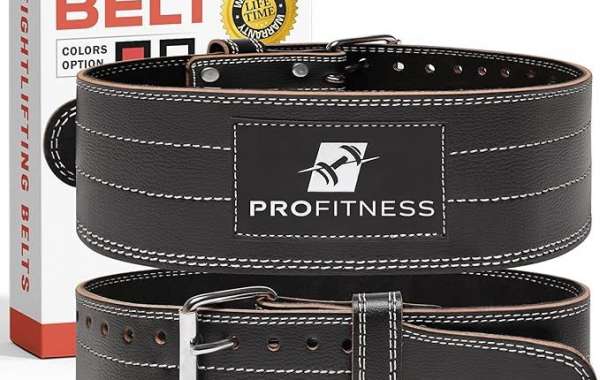When it comes to investing in equipment for weightlifting, a weightlifting belt is a crucial piece of gear that can provide essential support and stability during heavy lifts. But where should you look when you're ready to purchase one? Let's explore the various options available for buying a weightlifting belt and consider factors to keep in mind to ensure you make the right choice.
One of the most accessible and convenient options for purchasing a weightlifting belt is through online retailers. Websites like Amazon, Rogue Fitness, and Bodybuilding.com offer a wide selection of weightlifting belts in different styles, materials, and price ranges. Shopping online provides the convenience of browsing through numerous options from the comfort of your home and reading reviews from other customers to help you make an informed decision.
When shopping online for a weightlifting belt, it's essential to pay attention to key features such as the material, width, and buckle type. Weightlifting belts are typically made from leather or nylon, with leather belts known for their durability and support, while nylon belts offer flexibility and moisture-wicking properties. Additionally, consider the width of the belt, as wider belts provide more abdominal and lower back support during heavy lifts.
Another factor to consider when purchasing a weightlifting belt online is the sizing. Most manufacturers provide sizing charts to help you determine the correct fit based on your waist measurement. It's crucial to follow these sizing guidelines carefully to ensure the belt provides optimal support without being too tight or too loose. Some belts are also adjustable, allowing for a customized fit to accommodate fluctuations in weight or preference for tightness during different lifts.
In addition to online retailers, specialty fitness stores and sporting goods stores often carry a selection of weightlifting belts. Visiting a store in person allows you to try on different belts to assess the fit and comfort before making a purchase. Additionally, speaking with knowledgeable staff members can provide valuable insights and recommendations based on your specific needs and lifting goals.
When shopping at a physical store for a weightlifting belt, take the time to test out different styles and sizes to find the one that best suits your body and lifting style. Pay attention to how the belt feels when worn and how it provides support to your core and lower back during simulated lifting movements. Don't hesitate to ask questions or request assistance from store staff to ensure you're making an informed decision.
Furthermore, if you're part of a weightlifting or powerlifting community, consider reaching out to fellow lifters for recommendations on where to buy a quality weightlifting belt. Online forums, social media groups, and local gym communities can be valuable resources for gathering insights and advice from experienced lifters who have firsthand experience with different brands and models of weightlifting belts.
Lastly, consider the option of purchasing a used weightlifting belt from online marketplaces or local fitness equipment resale shops. While buying used equipment carries some risk, it can also be a cost-effective way to acquire a quality weightlifting belt at a lower price. Just be sure to thoroughly inspect the belt for any signs of wear or damage and consider factors such as hygiene and sanitation before making a purchase.
In conclusion, there are several options available for purchasing a weightlifting belt, including online retailers, specialty fitness stores, and second-hand marketplaces. Whether you choose to shop online or in person, be sure to consider factors such as material, sizing, and fit to ensure you select a belt that provides optimal support and comfort during your lifting sessions. By investing in a quality weightlifting belt that suits your needs and preferences, you can enhance your performance and safety in the gym while working towards your fitness goals.




